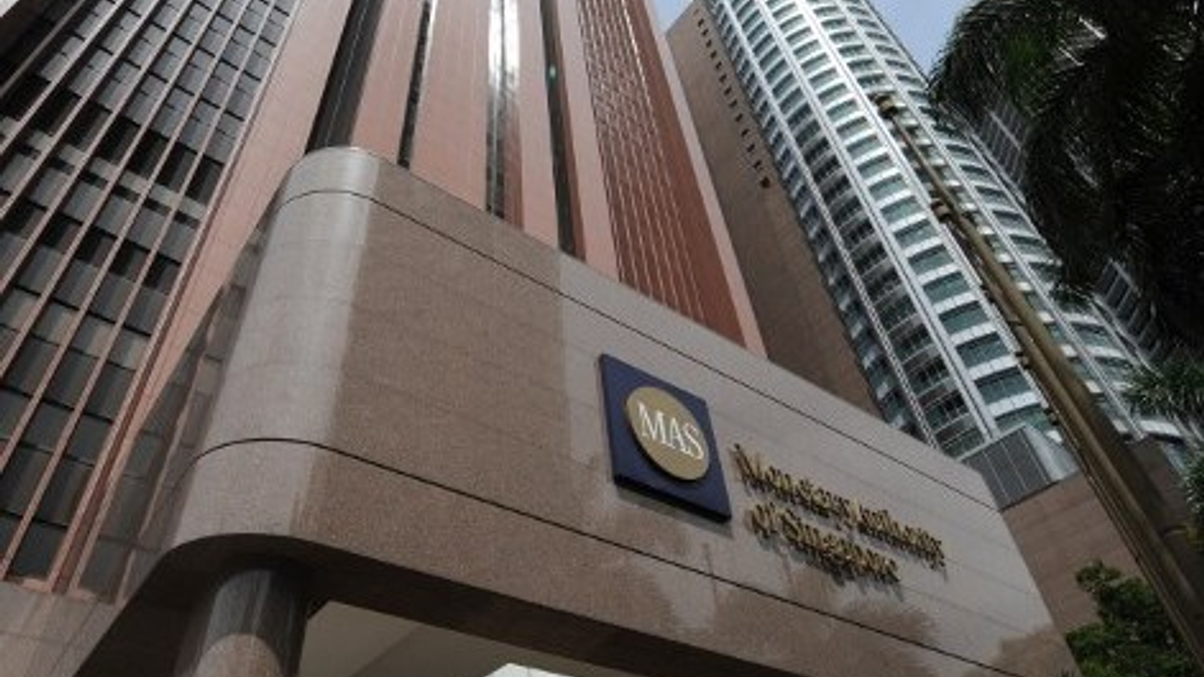Singapore's MAS rules out retail central bank digital currencies - for now
Managing director Ravi Menon also reiterated its stance on cryptocurrencies’ speculative nature and their risks to retail investors.

The Monetary Authority of Singapore (MAS) recognises the potential for wholesale central bank digital currencies (CBDCs), but “does not see a compelling case for retail CBDCs in Singapore”, Ravi Menon, managing director of the Monetary Authority of Singapore (MAS), said.
Sign In to Your Account
Access Exclusive AsianInvestor Content!
Please sign in to your subscription to unlock full access to our premium AI resources.
Free Registration & 7-Day Trial
Register now to enjoy a 7-day free trial—no registration fees required. Click the link to get started.
Note: This free trial is a one-time offer.
¬ Haymarket Media Limited. All rights reserved.


